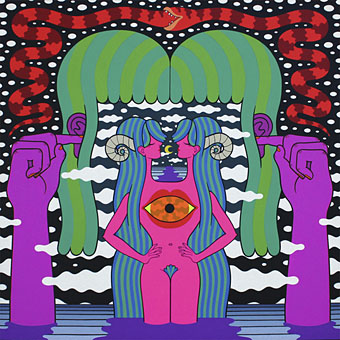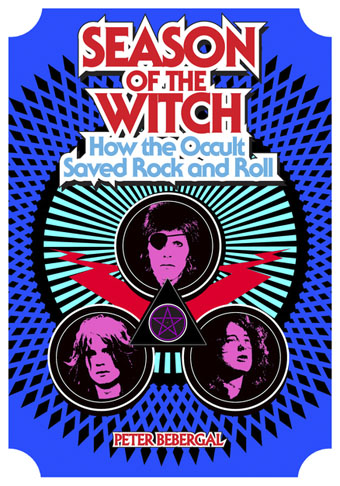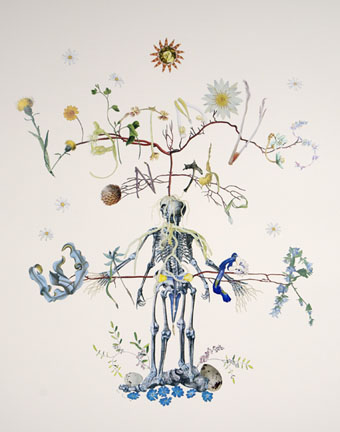Thunderstorm (1959) by Blair Rowlands Hughes-Stanton.
• “To create a novel or a painting, an artist makes choices that are fundamentally alien to artificial intelligence,” says SF writer Ted Chiang. A New Yorker essay which has received a fair amount of attention over the past week, with good reason. As someone who found his name on the list of artists whose work was allegedly being fed into Midjourney, I suppose I have a vested interest in the arguments. (Good luck to any machine trying to imitate my “style”. I don’t have one.) Too much of the discussion, however, has been very poor which is why this is the first time I’ve linked to such a piece here.
• “After going their own way for much of the 20th century, mathematicians are increasingly turning to the laws and patterns of the natural world for inspiration. Fields stuck for decades are being unstuck. And even philosophers have started to delve into the mystery of why physics is proving ‘unreasonably effective’ in mathematics, as one has boldly declared.” Ananyo Bhattacharya on why physics is good at creating new mathematics. Having recently finished reading Cormac McCarthy’s final novel, Stella Maris, this was all very timely.
• “…our films obey musical laws. Of course, you can never tell people how they should watch a film. But the musical element provides a narrative of its own.” Thus the Quay Brothers, in the news again with their forthcoming feature film, Sanatorium Under the Sign of the Hourglass. The quote is from a recent interview with Xan Brooks. Meanwhile, Alex Dudok de Wit posted another interview from 2019, originally published in French, now made available in English for the first time.
• At Wormwoodiana: Mark Valentine announces a new book of his essays, The Thunderstorm Collectors.
• At Dennis Cooper’s: 28 books that either faked ingesting LSD or did.
• At Public Domain Review: Antiquities of Mexico (1831–48).
• At Print mag: Kelly Thorn’s Tarot of Oxalia.
• USC Optical Sound Effects Library
• Strange Thunder (1987) by Harold Budd | Sweet Thunder (1991) by Yello | Studies For Thunder (2004) by Robert Henke





